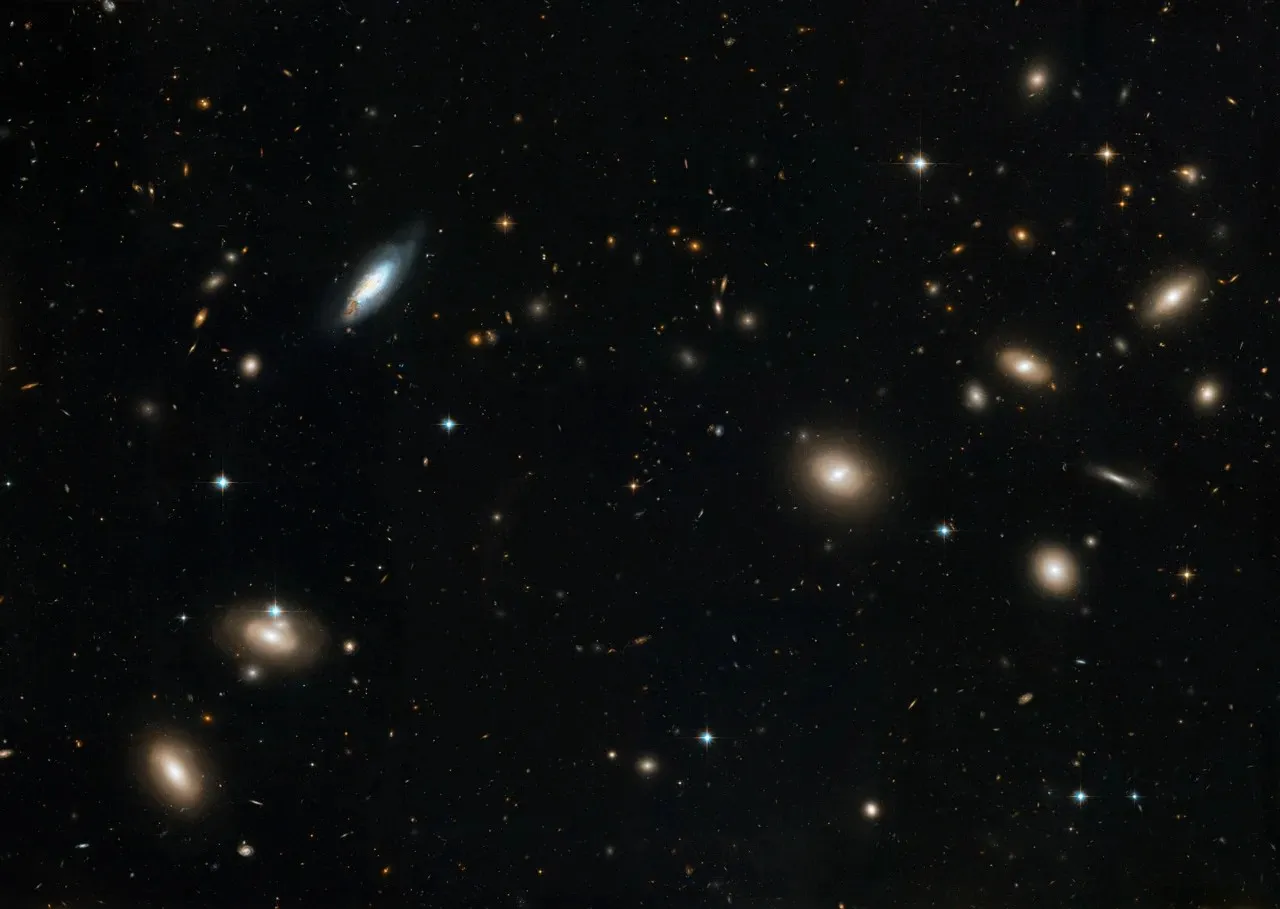
Cracking the Dark Matter Mystery: Are We Missing Something Big?
Introduction: The Cosmic Puzzle We Still Can’t Solve The universe is full of unsolved riddles, but perhaps none is as …
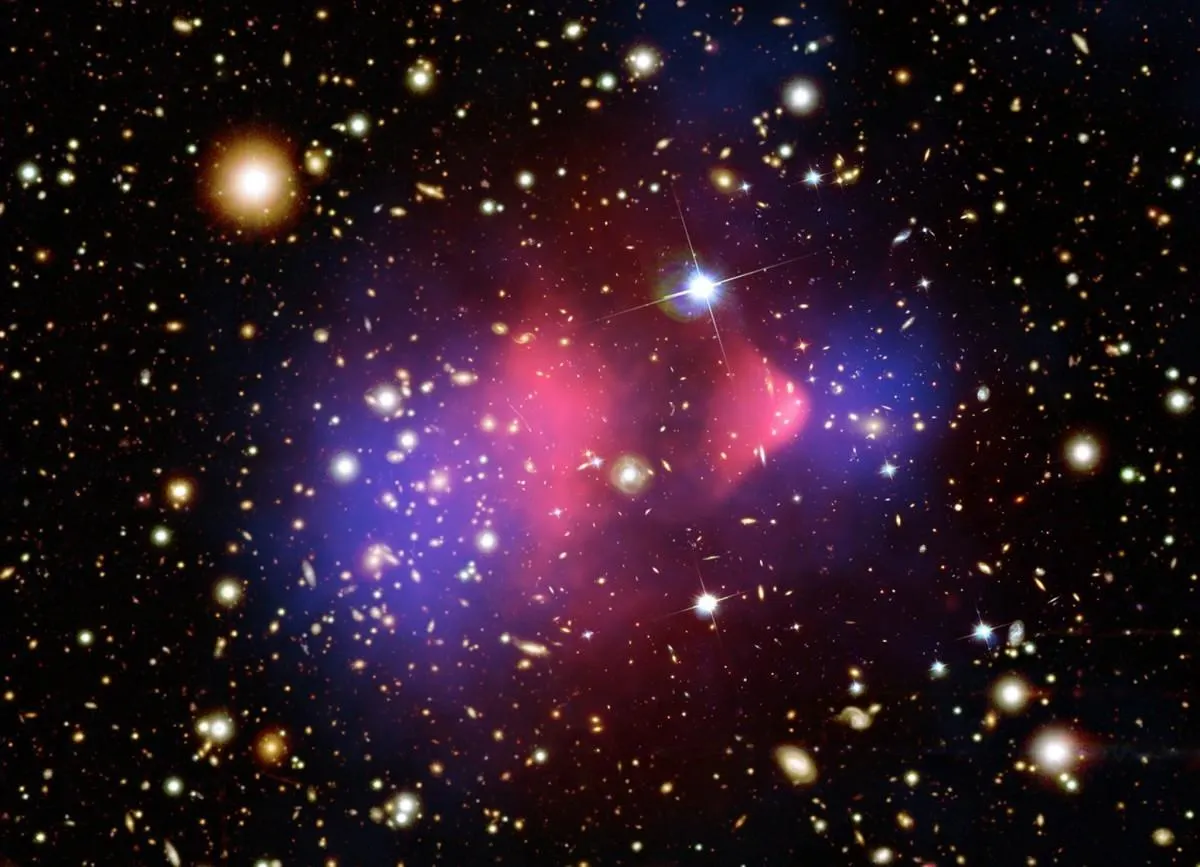
Bullet Cluster Dark Matter Mapped with Unprecedented Precision by James Webb
Introduction: A New Look at the Bullet Cluster Dark Matter NASA’s James Webb Space Telescope (JWST) has just delivered a …

NASA’s Chandra Shares a New View of Our Galactic Neighbor – The Andromeda Galaxy
Introduction: A Fresh Look at the Andromeda Galaxy The Andromeda Galaxy—also known as Messier 31 or M31—is our Milky Way’s …

Discovery of a Mini Halo in the Early Universe Reveals Hidden Energetic Forces
An Ancient Signal, 10 Billion Years in the Making Astronomers have discovered a mini halo in the early universe—a vast, …

Is Our Universe Inside a Black Hole? A Mind-Bending Possibility Rooted in Physics
Introduction: A Cosmic Mystery Worth Considering Is Our Universe Inside a Black Hole? At first, this sounds like science fiction. …
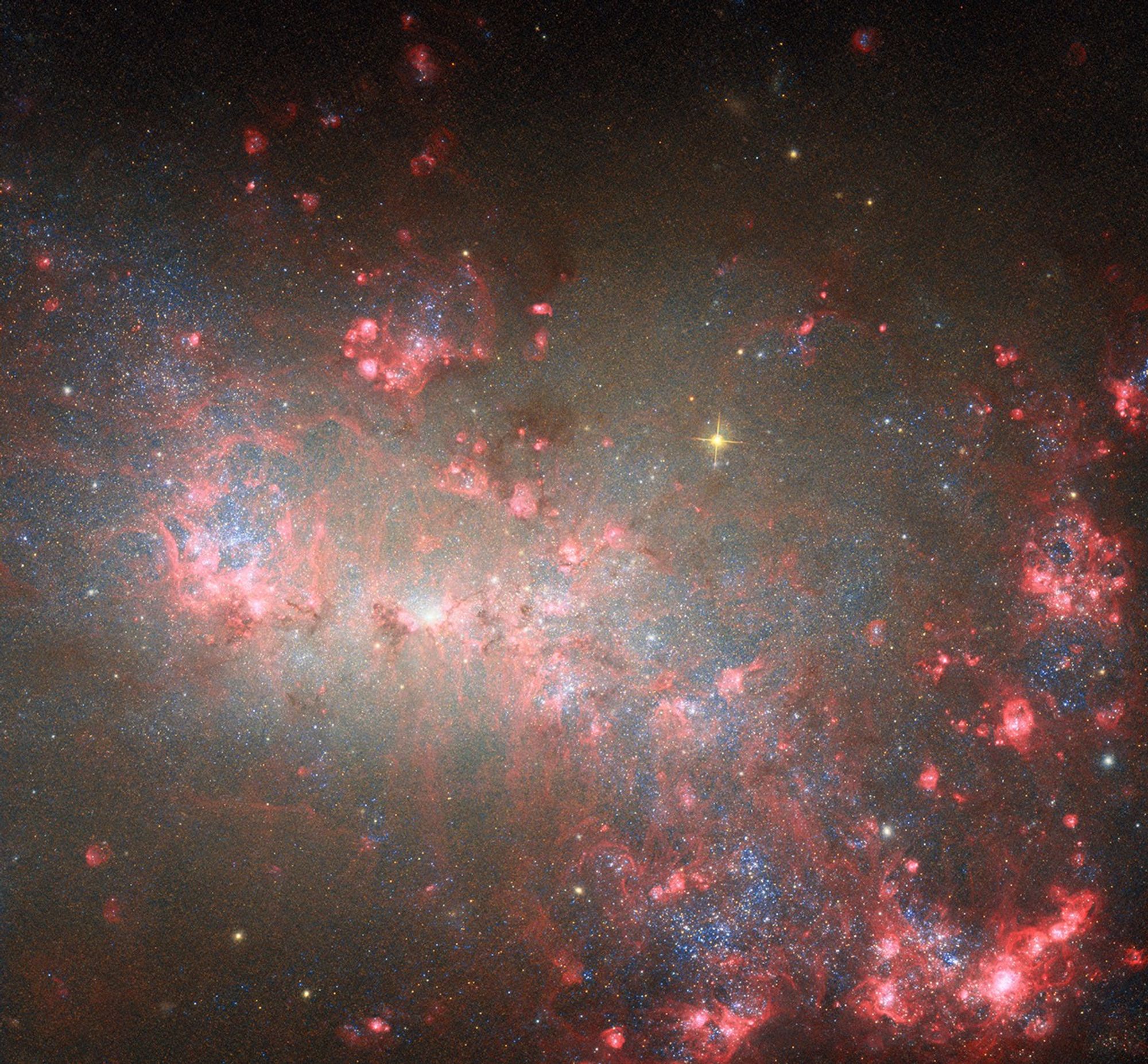
Hubble and Webb Explore Starburst Galaxy NGC 4449 : A Dwarf Galaxy with Giant Potential
Introduction: Discovering the Starburst Galaxy NGC 4449 The Universe is full of surprises, and one of the most astonishing examples …

One-Dimensional Quantum Gas Unlocks Exotic Anyons for Future Quantum Tech
What Is a One-Dimensional Quantum Gas? A One-Dimensional Quantum Gas refers to an ultracold atomic gas where particles are confined …
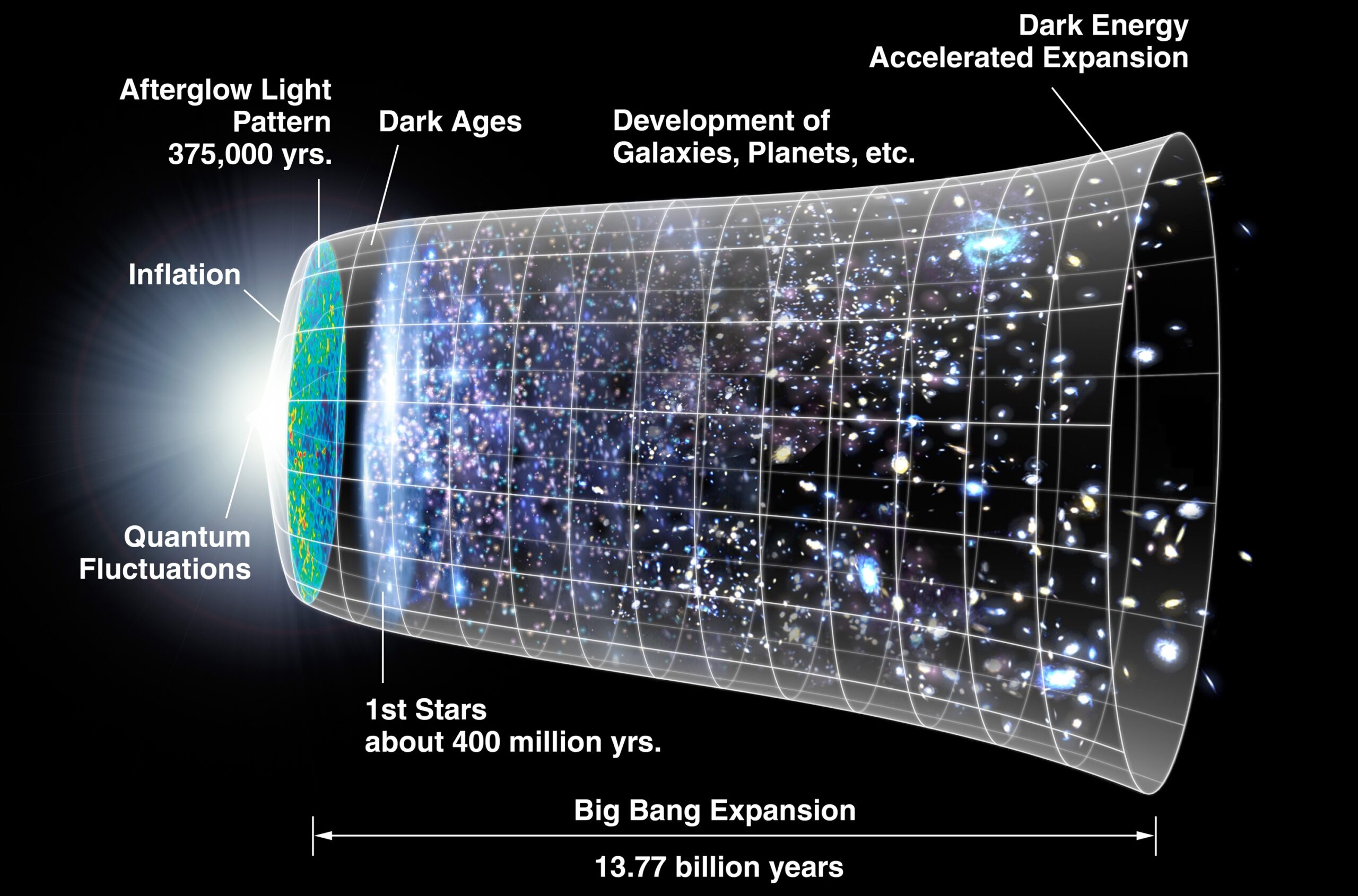
how fast the Universe is expanding The Mystery Behind the Hubble Constant
Introduction: Asking the Big Question – How Fast Is the Universe Expanding? Space lovers constantly ask: How fast the Universe …

Solar Flare 2025: NASA Captures Powerful X1.2 Burst on June
solar flare 2025 activity hit a major milestone. At exactly 5:49 p.m. ET, the Sun erupted with a powerful X1.2-class …
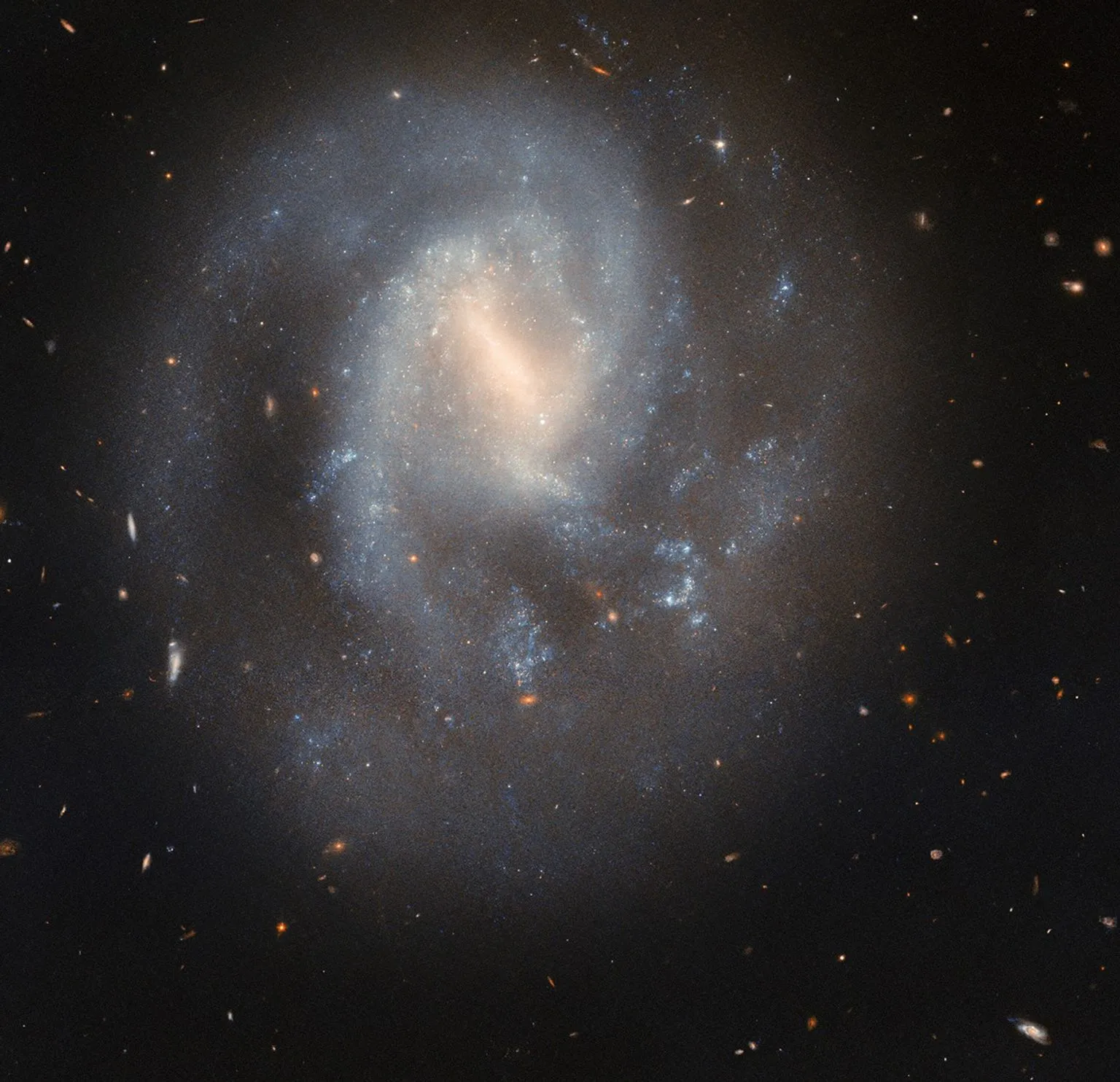
Revealing the Mystery of the IC 758 Galaxy Supernova
Introduction to IC 758: A Spiral Galaxy with a History Galaxy IC 758, tucked within the Ursa Major constellation, lies …